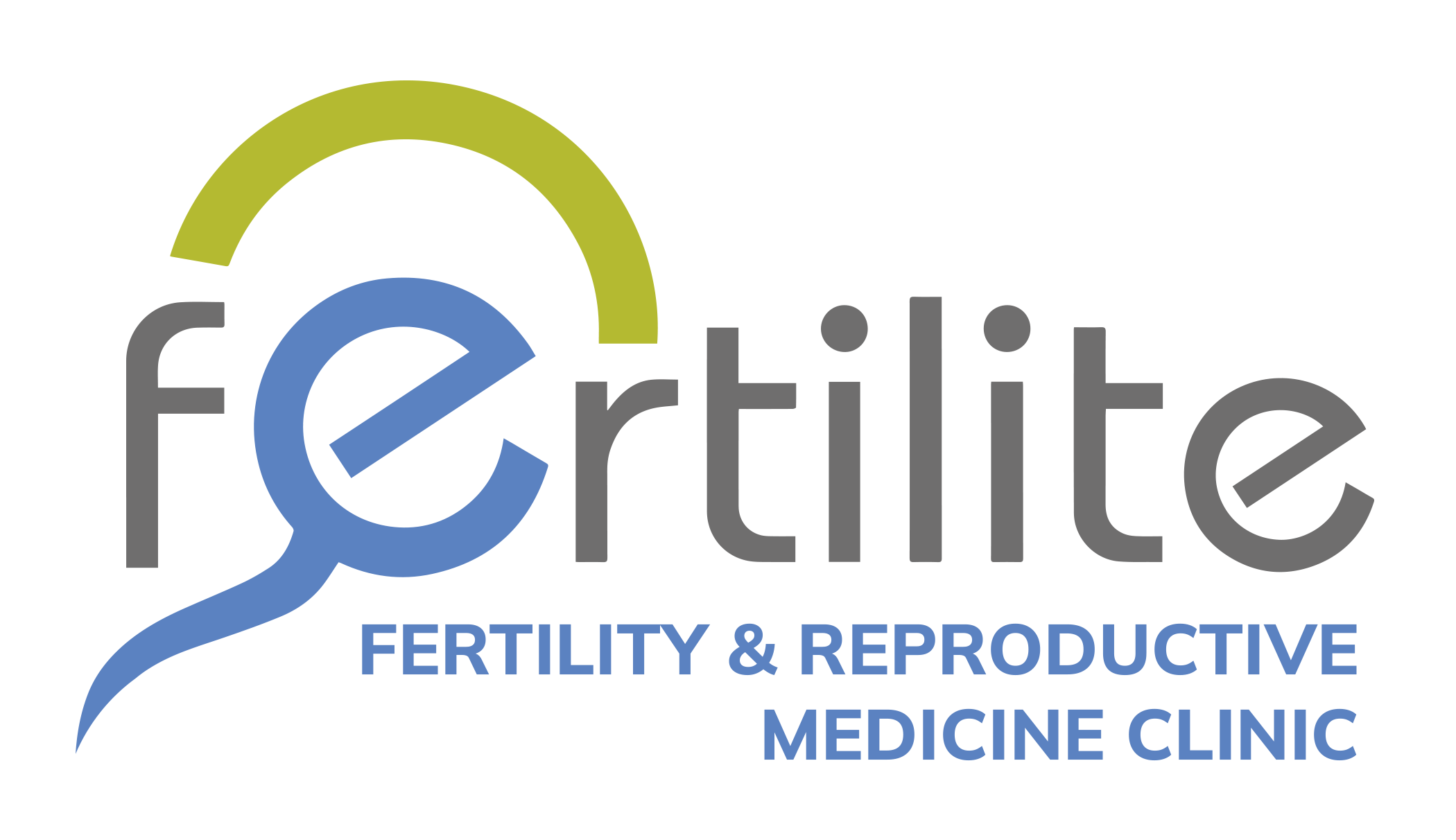Ovulation is a pivotal process in female fertility, yet disruptions can arise due to various conditions. Here’s an in-depth exploration of ovulatory disorders, their causes, diagnosis, and treatment options, with insights from Mexico and the USA.
Normal Ovulation
Ovulation is the release of a mature egg from the ovary, essential for conception. Typically occurring mid-cycle, ovulation is influenced by hormonal fluctuations, including luteinizing hormone (LH) and follicle-stimulating hormone (FSH). Monitoring menstrual cycles and ovulation symptoms helps identify regular ovulation patterns.
Common Ovulatory Disorders
Polycystic Ovary Syndrome (PCOS)
Polycystic Ovary Syndrome (PCOS) is a prevalent hormonal disorder affecting ovulation and fertility. It is characterized by irregular menstrual cycles, elevated androgen levels, and multiple small cysts on the ovaries. In the USA, approximately 5-10% of women of reproductive age have PCOS, while in Mexico, statistics suggest a similar prevalence. Management typically involves lifestyle modifications, such as diet and exercise, along with medications like clomiphene citrate (Clomid) or letrozole to induce ovulation. Advanced cases may require assisted reproductive technologies (ART) like in vitro fertilization (IVF).
Hypothalamic Amenorrhea (HA)
Hypothalamic Amenorrhea (HA) results from disruptions in the hypothalamus due to factors like excessive exercise, stress, or low body weight, leading to irregular ovulation or absence of menstrual periods. Treatment focuses on addressing underlying causes, such as reducing stress levels and achieving a healthy body weight. In Mexico and the USA, lifestyle adjustments combined with hormone therapy are commonly used to restore ovulatory function.
Premature Ovarian Insufficiency (POI)
Premature Ovarian Insufficiency (POI) occurs when ovaries cease normal function before age 40, resulting in irregular periods, decreased fertility, and early menopause symptoms. POI affects approximately 1% of women worldwide, including populations in Mexico and the USA. Treatment involves managing symptoms and considering fertility preservation options early in the diagnosis.
Diagnosis
Diagnosing ovulatory disorders involves comprehensive evaluation, including medical history review, hormone testing (LH, FSH, and anti-Müllerian hormone (AMH) levels), ultrasound to assess ovarian function, and tracking menstrual cycles. These diagnostic measures are crucial in identifying the specific disorder and tailoring treatment plans accordingly.
Treatment Options
Treatment strategies aim to restore regular ovulation and enhance fertility:
Lifestyle Modifications
In both Mexico and the USA, lifestyle adjustments such as dietary changes, exercise routines, and stress management techniques play a pivotal role in promoting hormonal balance and supporting regular ovulation.
Medications
Hormonal medications like clomid or letrozole are commonly prescribed to stimulate ovulation in conditions such as PCOS. These medications are widely available and used in fertility clinics across Mexico and the USA.
Assisted Reproductive Technologies (ART)
For individuals who do not respond to medications alone, ART procedures like intrauterine insemination (IUI) or IVF are effective options. IVF success rates vary but are generally comparable between Mexico and the USA, with clinics offering advanced fertility treatments tailored to individual needs. Additionally, some clinics are exploring advanced options in ovarian rejuvenation, such as the techniques discussed in exploring advanced options in ovarian rejuvenation.
Hormonal Treatments and Rejuvenation
Prolactin, a hormone crucial in pregnancy, plays a significant role in supporting implantation. Elevated prolactin levels can disrupt ovulation, requiring treatment to restore balance. For more information, you can read prolactin and pregnancy.
Fertility Monitoring
Monitoring fertility through methods such as basal body temperature charting, ovulation predictor kits, or transvaginal ultrasound scans helps determine the timing of ovulation and optimize the chances of conception during treatment cycles.
Conclusion
Understanding ovulatory disorders and their impact on fertility empowers individuals seeking to conceive. Consulting with a fertility specialist for accurate diagnosis and personalized treatment plans is essential in addressing ovulatory challenges and achieving successful pregnancy outcomes. With advancements in medical technology and comprehensive fertility care available in both Mexico and the USA, individuals can access tailored treatments that align with their reproductive health goals.
Reference List
- Mayo Clinic. (n.d.). Polycystic Ovary Syndrome (PCOS). Retrieved from https://www.mayoclinic.org/diseases-conditions/pcos/symptoms-causes/syc-20353439
- National Institute of Child Health and Human Development (NICHD). (n.d.). Hypothalamic Amenorrhea. Retrieved from https://www.nichd.nih.gov/health/topics/amenorrhea
- National Center for Biotechnology Information (NCBI). (2021). Premature Ovarian Insufficiency. Retrieved from https://www.ncbi.nlm.nih.gov/books/NBK589674/




